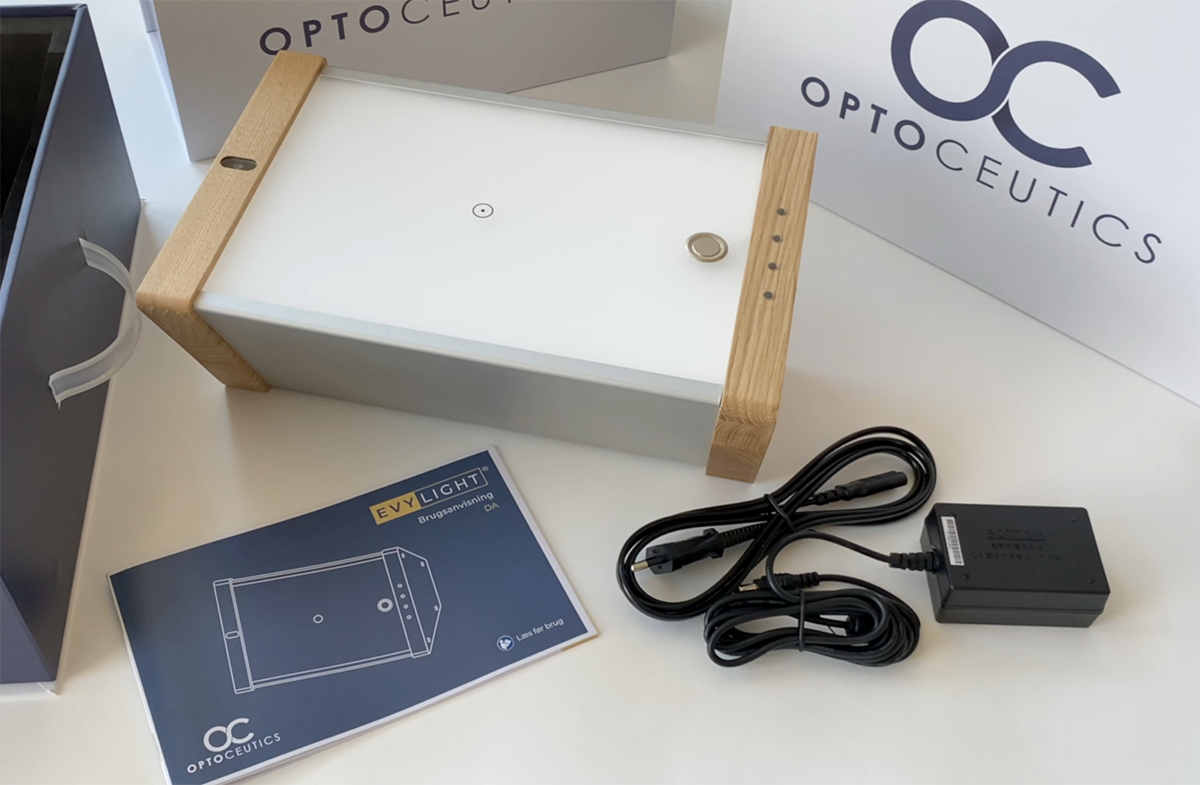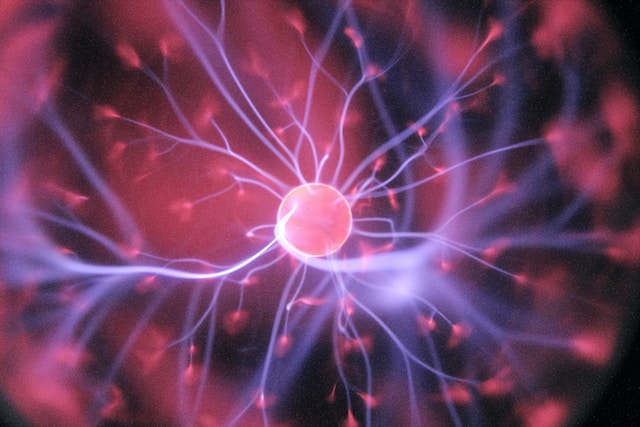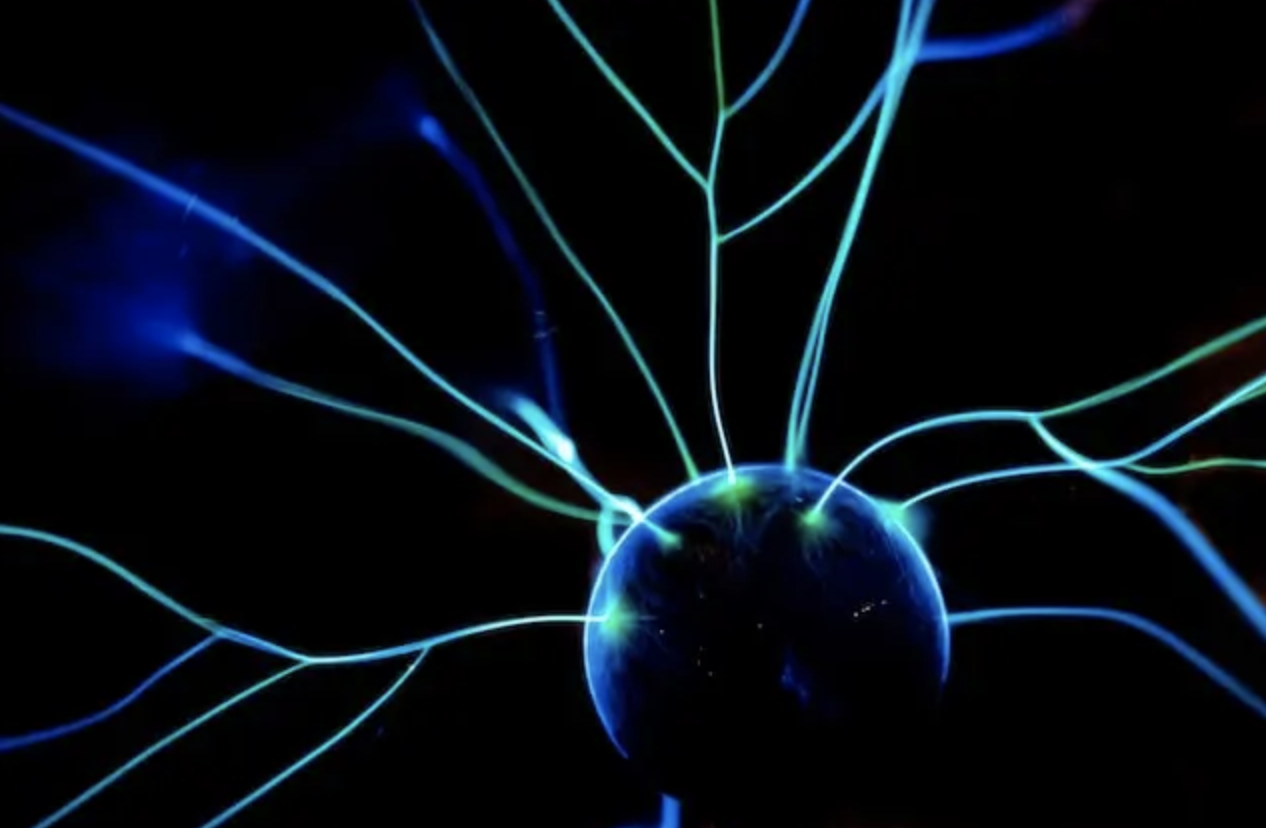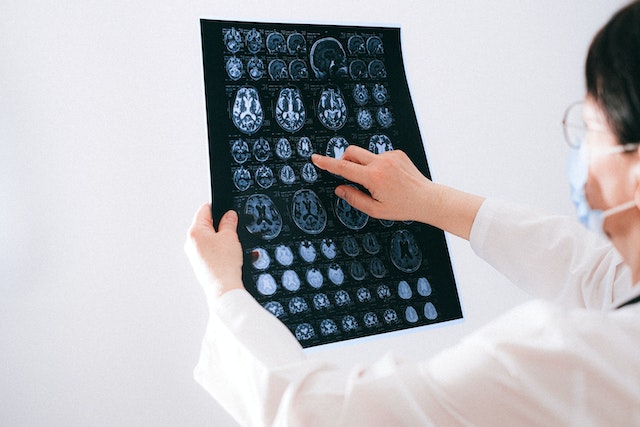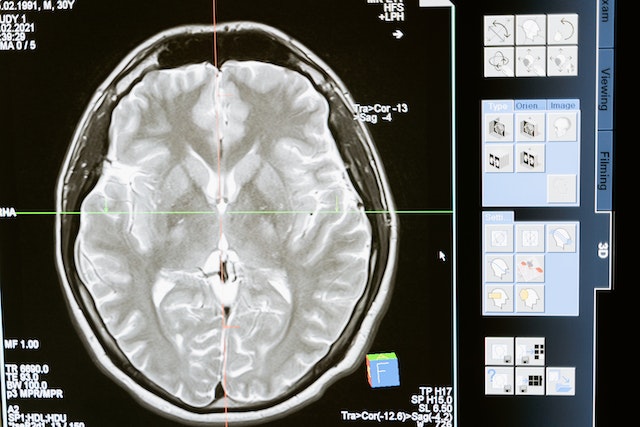Introduction
Alzheimer’s disease is a serious medical condition that affects millions of people worldwide. It is the most common form of dementia, and it can cause long-term memory loss, cognitive decline, and behavioral changes. But what exactly is Alzheimer’s? How many different types are there? What is the biological definition of Alzheimer’s? And why do we still not have a cure? Let’s take a look at these questions and more in this comprehensive overview of Alzheimer’s disease.
Types of Alzheimer’s Disease
In a nutshell, there are two main types of Alzheimer’s disease. The first type is known as early-onset Alzheimer’s, which can occur before the age of 65. This type accounts for only 5% to 10% of all diagnosed cases. The majority of patients who are diagnosed with early-onset Alzheimer’s have Familial (genetic) Alzheimer’s. The second type is late-onset, which usually occurs after the age of 65 and accounts for 90% to 95% of all diagnosed cases.
Biological Definition
The biological definition of Alzheimer’s describes the physical changes that occur in the brain when a person has this condition. These changes include the death or damage to neurons (nerve cells) in certain areas of the brain, as well as an accumulation of proteins called amyloid plaques and tau tangles (also known as neurofibrillary tangles). These proteins interfere with communication between neurons and can lead to symptoms such as memory loss and confusion.
Difference Between Dementia & Alzheimer’s
Alzheimer’s disease belongs to a larger group known as “dementia diseases”. All dementias involve cognitive decline; hence why they are collectively referred to as “dementias”. However, not all dementias are caused by an accumulation of proteins like amyloid plaques and tau tangles; some dementias can be caused by other medical conditions such as stroke or Parkinson’s disease. Ultimately, what differentiates dementia from Alzheimer’s is that with dementia, there may be multiple causes, while with Alzheimer’s, there is usually only one cause—the accumulation of proteins in certain areas of the brain (yet whether there is “one cause” is still up to debate).
Why No Cure Yet?
Alzheimer’s research has come a long way over the past few decades, but unfortunately, we still do not have a cure for this debilitating condition yet. This is due to several factors, including inadequate funding for research into potential cures or treatments, lack of knowledge about how best to treat patients, and even difficulty in diagnosing individuals with early-stage symptoms accurately enough so that treatment can begin immediately if necessary. Until these issues are addressed adequately, finding a cure for this devastating condition will likely remain elusive for many years to come.
Conclusion
Alzheimer’s disease affects millions around the world each year and causes serious difficulties in everyday life for those who suffer from it and their families alike. While much progress has been made in terms of understanding what causes it biologically speaking and how best to treat its symptoms, we still do not have a cure yet—and it might be some time before we do find one, given current circumstances surrounding research funding and diagnosis accuracy issues among others. Going forward, though, let us continue our efforts to better understand this condition so that one day we may finally be able to put an end to the suffering caused by it once and for all!
Learn More
If you’re eager to delve deeper into the world of Alzheimer’s disease, the Alzheimer’s Association is an excellent resource. Their comprehensive website is a treasure trove of reliable information, research updates, and support for individuals and families affected by this condition.
Remember, knowledge is a powerful tool in the fight against Alzheimer’s disease. By educating ourselves and staying informed, we contribute to the collective effort to improve the lives of those affected by this condition and work towards a future with better treatments and ultimately, a cure.


